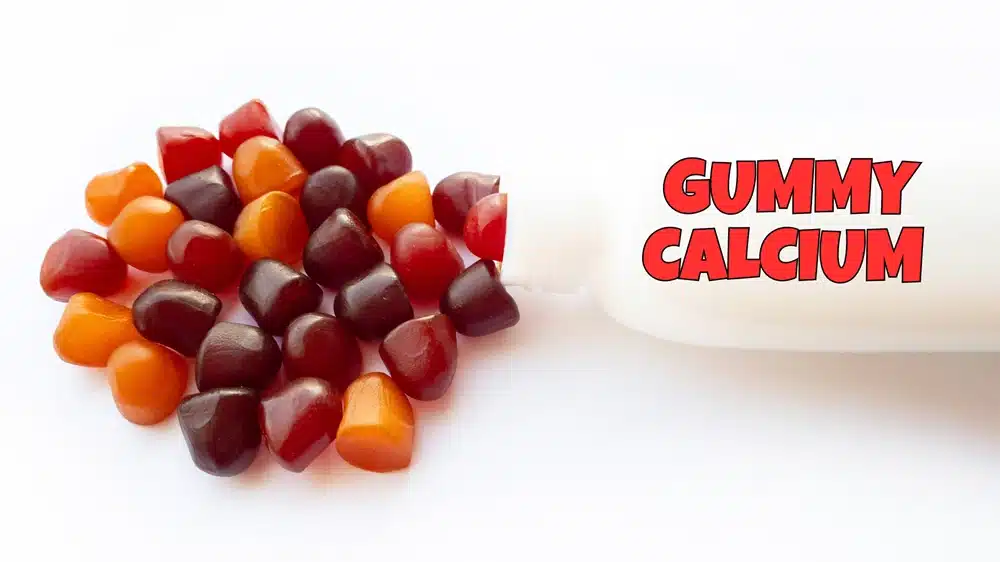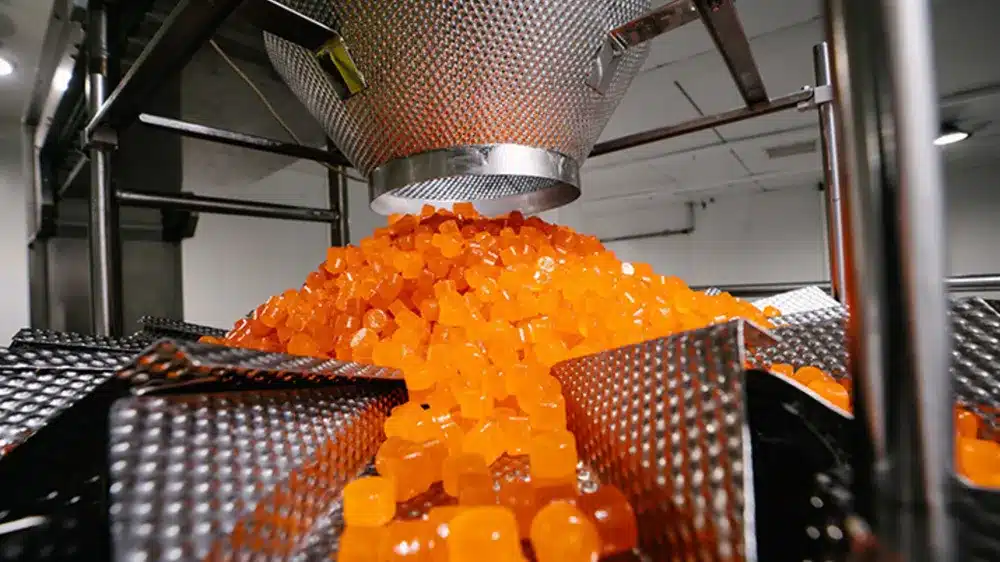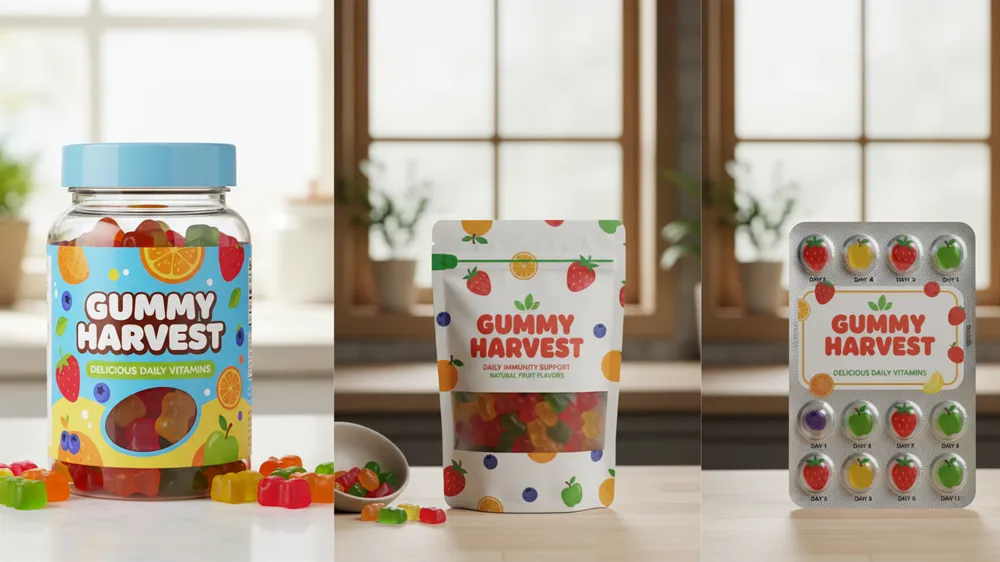Introduction: Why Calcium is Crucial for Growing Kids
As a parent, you are the chief architect of your child’s health, laying the foundation for a strong and vibrant future. Of all the nutritional building blocks you provide, one stands out as the master material for a lifetime of strength: calcium.
Think of your child’s bones as a “bone bank.” During childhood and their teenage years, they are making daily deposits, building up the peak bone mass that will need to support them for the rest of their lives. A stunning 99% of the body’s calcium is stored in the bones and teeth, working tirelessly to build a dense, resilient skeleton. But its job doesn’t stop there. This essential mineral is also a key player in ensuring healthy muscle function, proper nerve signaling, and even maintaining a steady heartbeat.
But as any parent of a toddler with a strong opinion on broccoli or a child who suddenly dislikes milk knows, getting them enough calcium through diet alone can be a daily battle. You want to provide the best, but picky eating, busy schedules, or dairy sensitivities can get in the way.

That’s where a kid-friendly supplement can be a parent’s secret weapon. This guide is designed to help you navigate the colorful world of gummy calcium supplements with confidence. We’ll walk you through everything you need to know—from how much your child needs to what to look for on the label—so you can choose a safe, effective, and tasty option that supports your little one’s incredible journey of growth.
The Challenge: Why Kids Don’t Get Enough Calcium
You pack a healthy lunch, you offer a balanced dinner, and you do your best to stock the fridge with nutritious options. So why is it still so hard for kids to get the calcium they need? The reality is, modern life and the unique preferences of children present several common hurdles. If you’re finding it a challenge, you are certainly not alone.
Here are some of the biggest reasons why a calcium gap is so common:
- The Rise of the “Picky Eater”: This is the number one challenge for most parents. It’s the toddler who decides all green foods are poison, the five-year-old who suddenly shuns the yogurt they loved last week, or the child who will only eat three specific foods on rotation. This “food refusal” phase can make it nearly impossible to consistently get calcium-rich foods like broccoli, kale, sardines, or fortified tofu onto their plate.
- The Decline of Dairy: For generations, a glass of milk was a childhood staple. Today, however, many kids are drinking less milk in favor of water, fruit juices, and other sugary drinks that contain little to no calcium. Furthermore, with the rise of diagnosed lactose intolerance and dairy allergies, many families must actively avoid these traditional calcium powerhouses altogether.
- Competition from Low-Calcium Favorites: Let’s be honest—many of the foods kids love most are not known for their mineral content. Chicken nuggets, french fries, plain pasta, and crackers often take center stage, pushing calcium-rich options to the side. While these foods are fine in moderation, a diet centered around them can easily lead to nutritional gaps.
- The Hidden Need for Vitamin D: Calcium doesn’t work alone. It relies on its essential partner, Vitamin D, for proper absorption. A child could be eating a calcium-sufficient diet, but if they are low on Vitamin D (a very common deficiency, especially for kids who spend less time outdoors), their body simply can’t make use of the calcium they consume.
Facing one or more of these challenges can be frustrating, leaving you to wonder if your child is truly getting what they need to build a strong foundation. This daily struggle is precisely why many parents and pediatricians look to supplements not as a replacement for a healthy diet, but as a reliable and stress-free insurance policy to fill in the gaps.
What to Look For in a Kid’s Gummy Calcium: The “Guide” Section
Navigating the supplement aisle can feel overwhelming, with dozens of colorful bottles all claiming to be the best. But once you know what to look for, reading a label becomes simple. Not all gummies are created equal, and this guide will help you confidently choose a high-quality product that is both safe and effective for your child.
Here are the key factors to check before you buy.
1. The Right Dose for Their Age
A child’s calcium needs change dramatically as they grow. Giving too little won’t be effective, and while rare, excessive amounts are unnecessary. Check the “Supplement Facts” panel for the “Amount Per Serving” of calcium and compare it to the daily recommendations.
| Age Range | Recommended Daily Calcium Intake |
|---|---|
| Ages 1–3 | 700 mg |
| Ages 4–8 | 1,000 mg |
| Ages 9–13 | 1,300 mg |
| Ages 14–18 | 1,300 mg |
2. The Essential Partner: Vitamin D3
Calcium can’t do its job of building strong bones without its partner, Vitamin D. This crucial vitamin acts like a key, unlocking the door that allows calcium to be absorbed from the intestines into the bloodstream.
- What to look for: Look for Vitamin D3 (cholecalciferol), which is the form your body naturally produces from sunlight and is more effective than the D2 form.
- Ideal Amount: A supplement that includes at least 600 IU (15 mcg) of Vitamin D3 per serving is an excellent choice for most children.
3. Check the Sugar Content (First!)
This is a big one. Many gummy supplements are loaded with sugar, making them more like candy than a health product. A high sugar content can contribute to cavities and an unhealthy palate.
- Read the Label: Look for the “Added Sugars” line on the nutrition panel.
- The Golden Rule: Aim for a gummy with 3 grams of sugar or less per serving.
- Better Sweeteners: The best brands use natural sweeteners like chicory root fiber, monk fruit extract, or small amounts of cane sugar instead of high-fructose corn syrup.
4. The Type of Calcium Matters
You’ll typically see two main forms of calcium in supplements. While both work, one is often easier for little tummies to handle.
- Calcium Citrate: This is the gold standard for many. It’s absorbed easily and doesn’t require stomach acid, meaning it can be taken with or without food. It’s also known to be gentler on the digestive system.
- Calcium Carbonate: This form is also effective but requires stomach acid for absorption, so it should be taken with a meal.
5. Avoid Unnecessary “Junk” Ingredients
A children’s supplement should be as clean as possible. Your child doesn’t need a dose of artificial additives with their daily vitamins.
- Look For: Colors from natural sources like fruit and vegetable juices (e.g., black carrot juice, annatto).
- Avoid: Artificial dyes (FD&C Red #40, Yellow #6), high-fructose corn syrup, artificial sweeteners (aspartame, sucralose), and chemical preservatives.
6. Third-Party Testing for Trust
The FDA doesn’t regulate supplements the same way it does medications. Therefore, you want to choose a brand that voluntarily has its products tested by an independent organization. This verifies that the product contains what the label says it does and is not contaminated.
Seals of Approval: Look for a seal on the bottle from NSF International, USP (U.S. Pharmacopeia), or ConsumerLab.com. This is your assurance of quality and safety.
Our Top Picks: Finding the Right Formula for Your Child
Rather than recommending specific brands that can change over time, we want to empower you to become an expert label-reader. Below, we’ve outlined the ideal formulas based on common parenting priorities. Use these profiles as your guide to find the perfect gummy calcium supplement that fits your family’s unique needs.

1. The “Gold Standard” All-Around Formula
This is for the parent who wants a top-quality, no-compromise supplement that checks all the most important boxes. It’s the benchmark against which all others can be measured. When you’re in the store, this is the profile you should look for first.
✅ What to Look For on the Label
- Calcium Type: Calcium Citrate for gentle, effective absorption that can be taken with or without food.
- Vitamin D3: At least 600-800 IU to ensure the calcium is put to good use.
- Low Sugar: 2-3 grams of sugar or less per serving. Bonus points if it’s sweetened with natural sources like chicory root fiber or monk fruit.
- Clean Ingredients: No artificial colors, flavors, or high-fructose corn syrup. The color should come from real fruit and vegetable extracts.
- Third-Party Tested: A seal from USP, NSF, or another independent lab guarantees purity and potency.
2. The “Ultra-Clean & Organic” Formula
This formula is for the parent who prioritizes organic ingredients and the absolute cleanest possible product. It’s perfect for families who follow an organic lifestyle and want a supplement that aligns with their values.
✅ What to Look For on the Label:
- USDA Organic Seal: This is non-negotiable. This certification ensures the ingredients are grown without prohibited pesticides and synthetic fertilizers.
- Non-GMO Project Verified Seal: Provides an extra layer of assurance against genetically modified organisms.
- Plant-Based & Vegan: Often made with fruit pectin instead of animal-based gelatin.
- Simple Ingredient List: The list should be short, recognizable, and free of chemical-sounding preservatives.
3. The “Allergy-Friendly” Formula
For parents of children with food allergies or sensitivities, reading labels is second nature. A great allergy-friendly supplement will make this process easy and worry-free by being explicitly clear about what’s not inside.
✅ What to Look For on the Label:
- Clear Allergen Statement: Look for bold text that says “Free From…”
- Free From Top 9 Allergens: The best formulas will be free from milk, eggs, fish, shellfish, tree nuts, peanuts, wheat, soybeans, and sesame.
- Gluten-Free Certified: This is crucial for children with Celiac disease or gluten sensitivity.
- No Artificial Dyes: Dyes like Red #40 can be a concern for children with sensitivities, so a naturally colored gummy is a must.
4. The “Toddler’s First Gummy” Formula
For children ages 2-4, the priorities are safety, a gentler dose, and an easy-to-chew texture. This formula is specifically designed to be a perfect introduction to supplements for the youngest members of your family.
✅ What to Look For on the Label:
- Explicit Age Recommendation: The bottle should clearly state it is safe and formulated for children “Age 2+” or similar.
- Lower Calcium Dose: Look for a serving size around 125 mg – 150 mg of calcium, which is appropriate for a toddler’s diet.
- Lower Vitamin D Dose: A 400 IU dose of Vitamin D3 is a common and effective amount for this age group.
- Softer Texture: Pectin-based gummies are typically softer and less sticky than gelatin-based ones, making them safer and easier for toddlers to chew.
FAQs
Are calcium gummies safe for kids?
Yes, calcium gummies are generally safe for kids when taken as directed. Consult a pediatrician to ensure proper dosage and avoid allergies or interactions.
Which form of calcium is best for kids?
Calcium citrate is best absorbed and gentler on stomachs. Calcium carbonate is cheaper but may cause digestive issues in some kids.
What to take for calcium instead of a gummy pill?
Chewable tablets, liquid calcium, or fortified foods like milk, yogurt, or orange juice are good alternatives.
Why is calcium no longer recommended?
Calcium is still recommended for kids’ bone health. Misinformation may stem from concerns about over-supplementation, but it’s essential in appropriate doses
Why should calcium and vitamin D not be taken together?
They can be taken together; in fact, vitamin D enhances calcium absorption. However, high doses of both may increase the risk of kidney stones in rare cases.
How to identify calcium deficiency in kids?
Symptoms include weak bones, frequent fractures, muscle cramps, fatigue, or slow growth. A blood test can confirm deficiency.
What foods block calcium absorption?
Foods high in oxalates (spinach, rhubarb) or phytates (whole grains, legumes) can reduce calcium absorption. High sodium or caffeine may also interfere.
What do calcium gummies do?
Calcium gummies support bone and teeth development, muscle function, and nerve signaling in growing kids.
What are the side effects of calcium gummies?
Possible side effects include constipation, bloating, or upset stomach. Rarely, allergic reactions or excessive calcium intake may occur.
What age should kids start taking calcium?
Supplements are typically unnecessary before age 4 unless prescribed. Kids aged 4+ may need them if dietary intake is low.
conclusion
Navigating the world of children’s nutrition can feel like a huge responsibility, but making the right choice for their health doesn’t have to be complicated. Building strong bones is a journey that happens one day at a time, through balanced meals, active play, and the consistent support you provide.
You are now equipped with everything you need to walk down the supplement aisle with confidence. You know why calcium is essential, you understand how to read a label like a pro, and you can identify a high-quality formula that fits your family’s specific needs—whether you’re prioritizing an organic, allergy-friendly, or sugar-free option.
Think of a quality gummy supplement not as a substitute for a healthy diet, but as your trusted partner—a simple, stress-free way to fill in the nutritional gaps on those busy weekdays or during a picky eating phase. By making a thoughtful choice today, you are giving your child a powerful building block for a lifetime of strength, health, and vitality. You’re not just choosing a supplement; you’re investing in their strongest future.
references
- For Daily Calcium Intake Requirements https://ods.od.nih.gov/factsheets/Calcium-HealthProfessional/
- National Institutes of Health (NIH) – Office of Dietary Supplements https://ods.od.nih.gov/factsheets/Calcium-Consumer/


